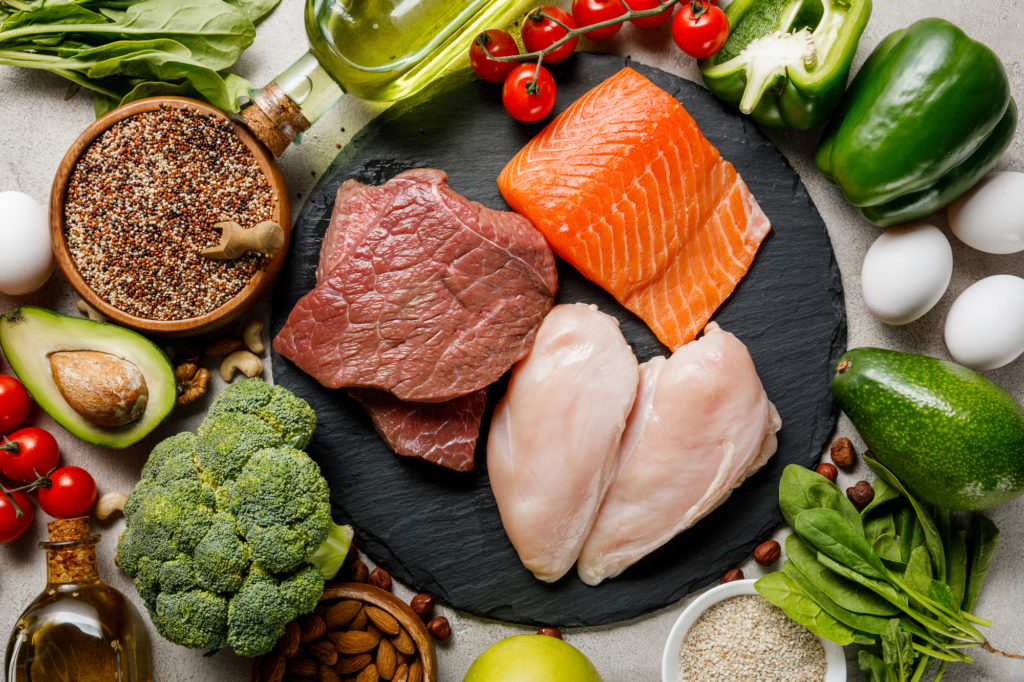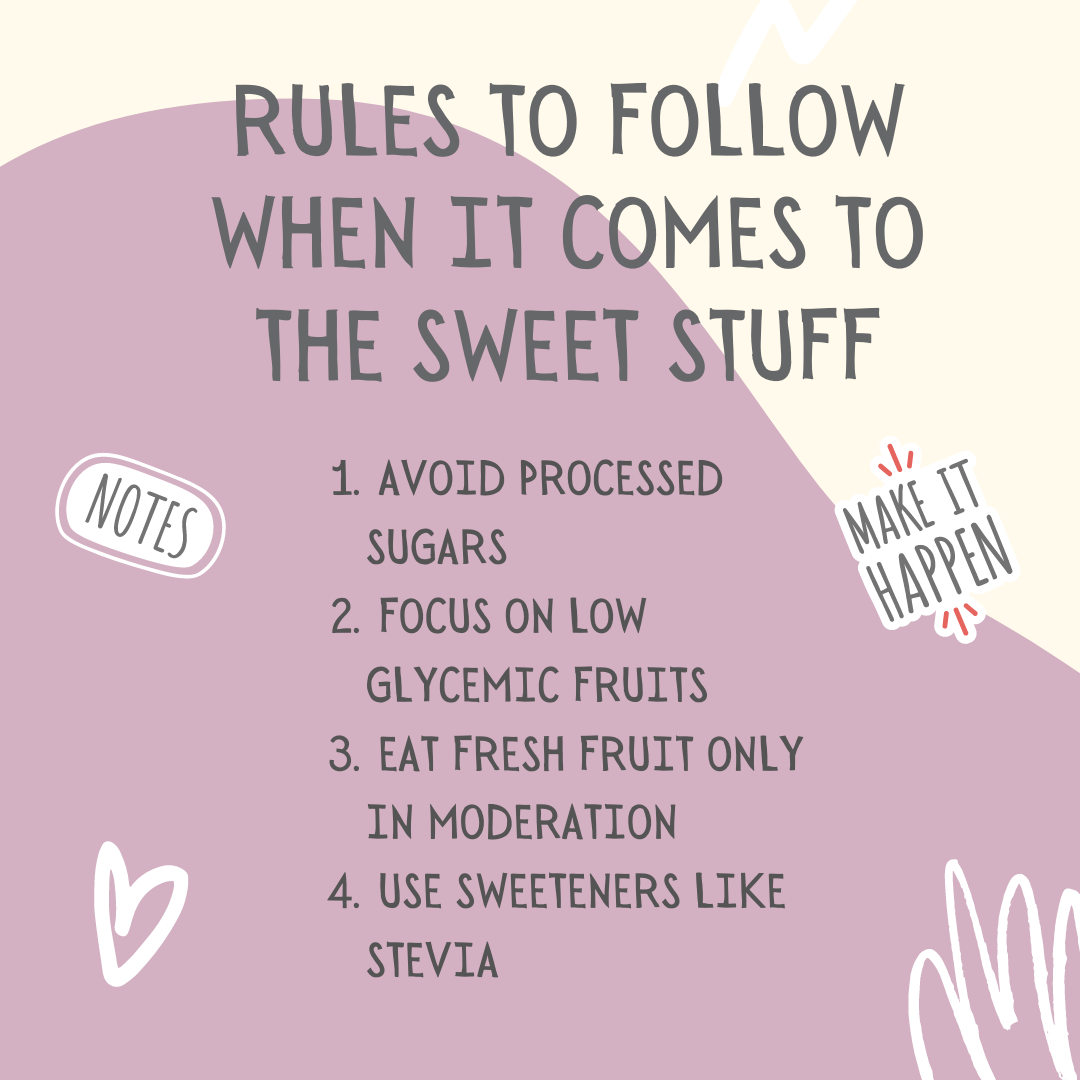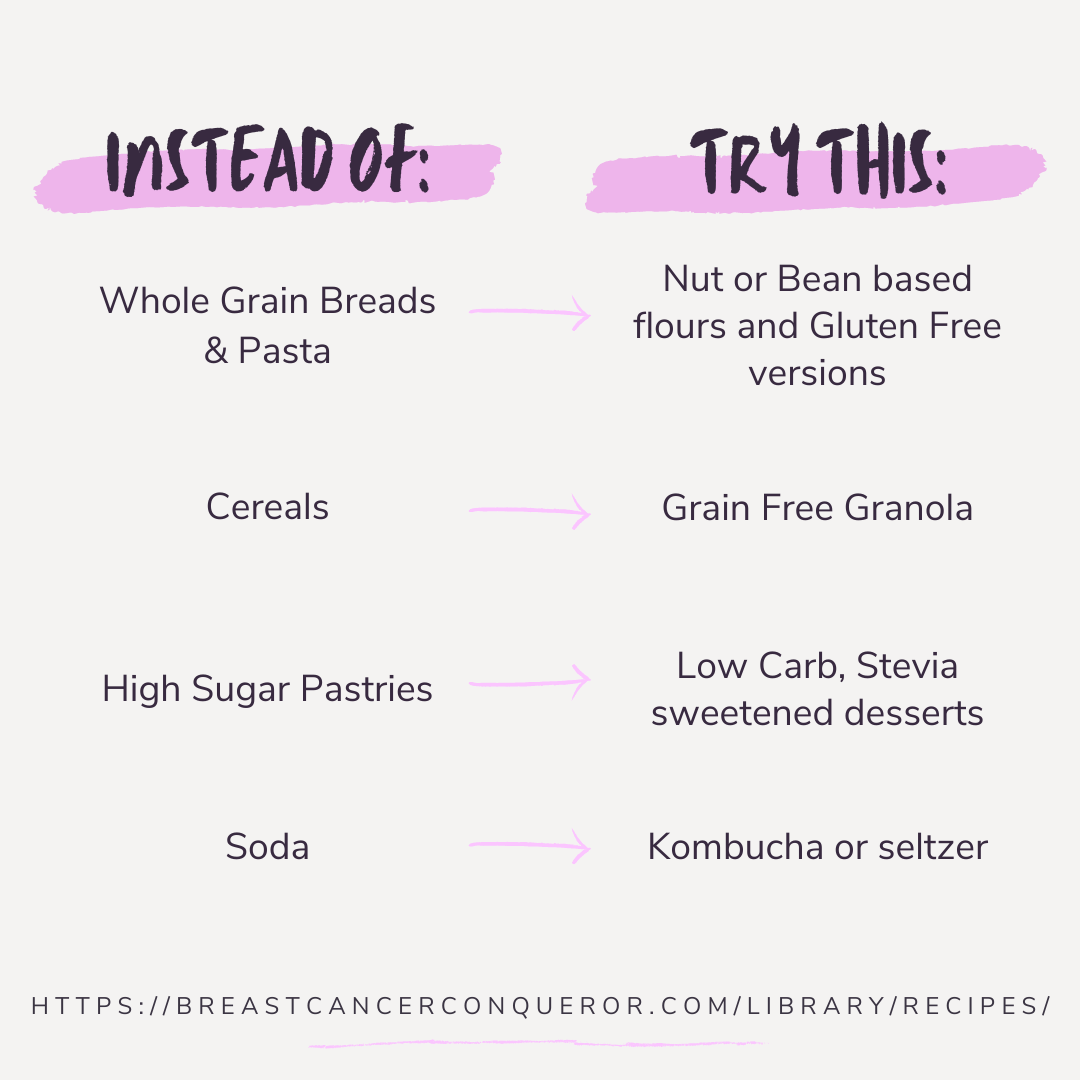
By now you have probably heard the statistics about Type 2 diabetes. If not, they can be pretty shocking. Currently, about 10 percent of the population has it. That is roughly 34.2 million adults! You probably also know about the correlation between a high carbohydrate diet and diabetes. What you might not be aware of, however, is the connection between eating a high-carb diet and Breast Cancer.
What is Blood Sugar and Why Is It Important?
Before we go more into the proven connection between eating a high-carb diet and a higher risk for cancer, let me explain just a little bit about how blood sugar works in the body.
Another name for blood sugar is glucose. Glucose is found in the blood. Unless you are following a strict ketogenic diet, glucose will be your number one source of energy and nutrients for your body. This energy source first goes to the body’s organs, the muscles, and the nervous system. The small intestine, the liver, and the pancreas all play vital roles in producing, storing, and producing glucose. The endocrine system is primarily responsible for keeping levels in check. Our main source of glucose comes from the foods we eat, primarily carbohydrates.
The final process in the conversion of glucose to energy for the body is called glycogenolysis and involves the pancreas and the liver. After you eat something (either a carb or a protein), the pancreas produces a substance called insulin as well as a hormone called glucagon. Insulin lowers blood sugar while glucagon raises it. Basically, these two pancreas-produced hormones are what keep sugars balanced.
Some foods can send your blood sugar and insulin levels on an up-and-down roller coaster. Being on this roller coaster over time can lead to prediabetes, insulin resistance, Type 2 diabetes, and cancer.
Some foods and lifestyle habits that can contribute to this vicious process may surprise you. The obvious ones are sugary foods, simple carbs like pasta, bread products like bagels, sugary drinks like soda and Gatorade, alcohol, caffeine, and chronic stress. The not-so-obvious factors are certain kinds of pharmaceutical drugs like corticosteroids, diuretics, antidepressants, and birth control pills. In addition, some people may experience blood sugar “spikes and crashes” because of hormonal changes (during menstruation or during menopause) or when exposed to extreme heat or extreme exercise. 
The Carb-Cancer Connection
Phew! The journey from food to energy can be complicated to be sure. When you understand the basics of how the process works and what your body needs to keep it going, however, this knowledge can be extremely empowering in making nutritional choices.
What happens when blood sugar becomes imbalanced because of too much sugar? A person may experience immediate symptoms such as dizziness, excessive thirst or urination, fatigue, numbness, and tingling, and swelling in the legs and feet. Over the long term constant blood sugar imbalance can cause even more problems, including digestive issues, frequent infections, and more risk of just about every disease, including cancer.
Several studies make the connection between blood sugar imbalance and cancer. In just about all of them, the common factor was a substance called IGF-1, or Insulin Growth Factor. IGF-1 is a hormone that is produced in the liver and has been shown to be one of the most “potent activators of cell growth.” It is stimulated by eating sugary foods and refined carbohydrates. It is also an “anti-apoptosis” agent, i.e. it prevents cells from dying naturally. IGF-1 is a healthy substance for children who are still in the process of growing. For adults, however, high levels can have disastrous effects.
One of the characteristics of diabetes is high levels of IGF-1. Adults with diabetes have a higher mortality rate from cancer than those who do not have diabetes, according to a 2014 meta-analysis published in the World Journal of Diabetes. Here are just a few more connections between IGF-1 and Breast Cancer in particular:
-IGF-1 was shown in a 2013 Japanese study to increase proteins that have the ability to stimulate Breast Cancer tumor growth;
-A International Journal of Cancer investigation found that a higher risk of receptor-positive Breast Cancer was associated with a higher level of circulating IGF-1;
-“Dense Breast Syndrome,” a condition that conventional medicine says raises the risk of Breast Cancer, is associated with higher IGF-1 levels;
-Finally, high IGF-1 levels have also been linked to immune system suppression in postmenopausal women who have Breast Cancer, according to a 2014 Russian study.
What are the Benefits of Low Carb Eating?
The good news is that making a conscious choice to “cut down the carbs” can reduce IGF-1 levels as well as reduce the risk of Breast Cancer and Breast Cancer occurrence.
An investigation conducted at Duke University found that restricting carbohydrates was associated with tumor reduction in prostate cancer. Prostate cancer is a reproductive cancer found in men, so parallels to the benefits of reducing carbohydrates for Breast Cancer apply as well!
What reducing carbs can do for cancer is definitely the BEST NEWS for those who want to prevent and heal Breast Cancer. But it is not the only good news! Low carb eating has been shown to lower inflammation, boost brain health and help you shed the pounds as well.
In fact, a National Institutes of Health study found that a low carb diet was more effective than a low-fat diet for weight loss as well as for reducing cardiovascular disease risk. On the brain health front, a 2012 report found that consuming a high-sugar, high-carb diet led to omega 3 fatty acid deficiency and cognitive decline.
What Does Eating Low Carb Look Like?
 There are many ways of going “low carb,” everything from the ketogenic diet and cyclic keto to simply replacing one or two meals or snacks with low or non-carb alternatives each day.
There are many ways of going “low carb,” everything from the ketogenic diet and cyclic keto to simply replacing one or two meals or snacks with low or non-carb alternatives each day.
Across the board, however, low-carb ways of eating typically emphasize seriously cutting back on sugar and simple carbs or cutting them out altogether.
They also focus on increasing healthy fats. Some healthy fats include olive, avocado, and coconut oil as well as butter. All healthy ways of eating will also encourage increasing whole plant foods and leafy greens.
“Eating the rainbow” when it comes to vegetables is a great idea for any way of eating!
The main difference between “going keto” and simply lowering carbs is the goal. Do you remember what glucose is used for in the body? That’s right—energy! Those who are on a ketogenic diet are aiming to switch their energy source from glucose to what are called “ketones.” Doing this has even more benefits for certain individuals, but there are also drawbacks. Those who choose to go “low carb” can gain most of the benefits of those on a keto diet, but the benefits may come about slower and with strain on the body.
For more information on all the different ways to go low carb, including different kinds of ketogenic diets, be sure to check out my interview with natural medicine expert, functional nutritionist, and corrective care chiropractor Dr. David Jockers. Dr. Jockers is a renowned expert in the area of ketosis and the Ketogenic diet. In the interview, he does a great job at separating “fact from fiction” when it comes to ketogenic.
Is Fruit Okay When Going Low Carb?
When you are focusing on cutting carbs, you have to have your eye on your food sources. Some sources of glucose are pretty obvious. For example, a regular-sized muffin that you would get at your local bakery or at the grocery store is going to have around 36 carbohydrates. An extra-sized muffin would have close to 75 grams of carbs. Even by conventional standards (where 45-65% of a person’s daily caloric, i.e. energy, intake can come from carbs) that would be a lot. For someone going low carb (for example, someone attempting to keep carbs at 20% or lower), that would be off the charts!
Other sources of carbs, like salad dressings and sauces for example, may be a little trickier to discover. Be sure to check those labels before you pour them on.
Fruit is another sometimes confusing subject when it comes to carbohydrate load. The fact is that not all fruit is made alike. For example, take the mango. Mangos actually have a lot of amazing antioxidant and nutritional properties that can help health. On the other hand, if you are focusing on cutting carbs, you may want to avoid them. According to the USDA, one cup of mango is going to have a whopping 28 grams of carbs. Yikes!
Other fruits may be okay for you, however, depending on what kind of low-carb diet you are aiming for. Blueberries, green apples, lemons, and limes are all yummy and super healthy fruit options that many people can enjoy and still stay low carb. Also, be sure to check out all the delicious low-carb recipes on this blog as well!
Some Must-Do Tests You Should Know About
If you are on a Healthy Breast journey, then there are some specific tests you need to know about that can help you “fill in the gaps” for healing. These tests will also give you the knowledge you need as you work towards balancing insulin levels and lowering inflammation. Here are a few:
IGF-1: Remember that IGF-1 is a growth factor. Too much may be an indication of cancer growth.
Homocysteine: High levels may indicate systemic inflammation, vitamin deficiency, and a higher risk for disease.
C Reactive Protein: The C Reactive Protein test is the most important test you can get to determine your inflammation levels in your entire body. Remember that inflammation is the common factor in just about every disease condition.
Vitamin D3: Vitamin D is absolutely vital for overall health and especially for breast health. D is actually a hormonal precursor that plays a part in hundreds of chemical processes in the body.